Most African American cities in Kansas research summary. We used Saturday Night Science to analyze Kansas’s most recent Census data to determine the blackest cities in Kansas based on the percentage of Black residents. Here are the results of our analysis:
-
The city with the largest African American population in Kansas is Junction City based on the most recent Census data.
-
Junction City is 20.06% Black.
-
The least African American city in Kansas is Augusta.
-
Augusta is 0.14% Black.
-
Kansas is 5.3% Black.
-
Kansas is the 30th blackest state in the United States.
Table Of Contents: Top Ten | Methodology | Summary | Table
The Black community is one of the fastest-growing communities in America this decade.
Roughly 42 million people identifying as Black or African American live in the United States, making up 12% of the total population. According to the most recent American Community Survey, the Black population in Kansas is 154,704 – at 5.3% of the total population of Kansas.
The percentage growth of Blacks in America is the third largest percentage change for any race according to the Census’s race and ethnicity definition. Most scholars and historians agree that increasing diversity in America is a good thing.
We agree.
But how has the increase in the black population impacted Kansas? Which cities and towns in Kansas have seen the greatest increase in its Black population?
We broke down the most recent census data to determine the cities in Kansas with the largest African American population in 2025:
Most African American Places In Kansas
What’s the blackest city in Kansas? The city with the largest Black population in Kansas for 2025 is Junction City. See if Junction City ranked as one of the most african american places in America.
And if you already knew these places were Black, check out the best places to live in Kansas or the most diverse places in Kansas.
The 10 Blackest Cities In Kansas For 2025
1. Junction City
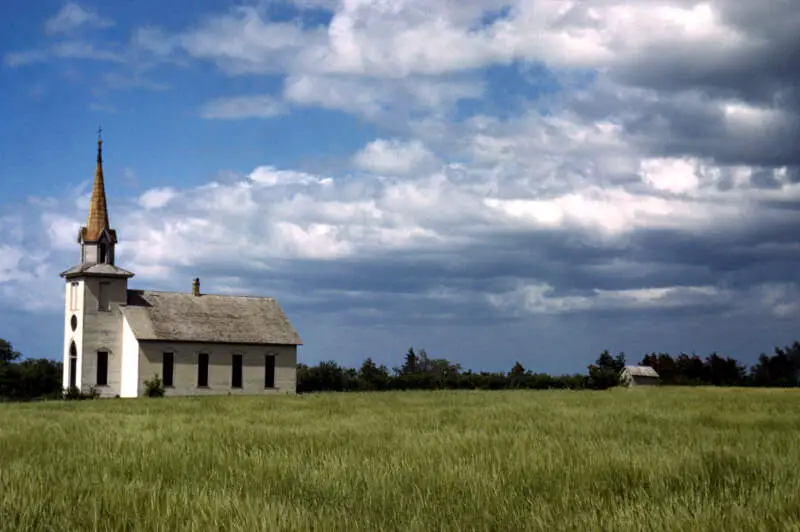
/10
Population: 22,431
% African American: 20.06%
# Of African American Residents: 4,499
Percent Change Since 2010: -8.28%
More on Junction City: Data
2. Kansas City
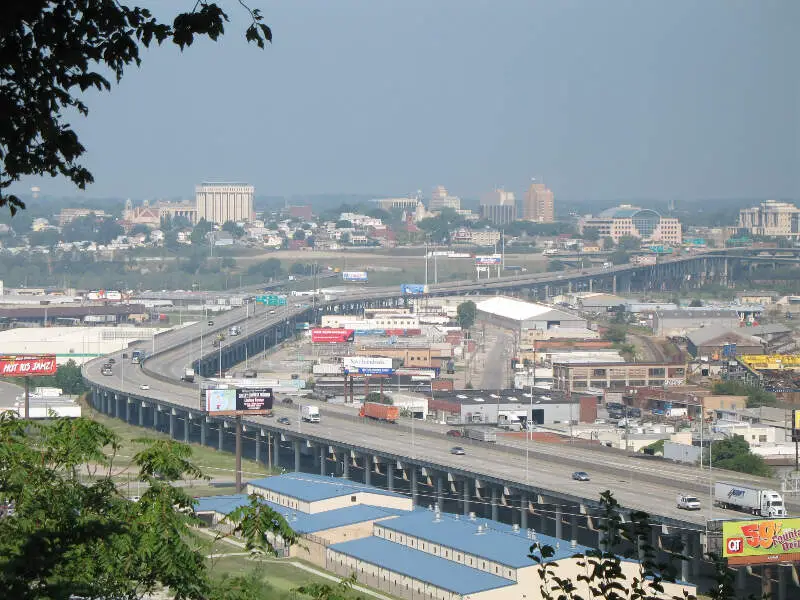
/10
Population: 154,776
% African American: 19.97%
# Of African American Residents: 30,913
Percent Change Since 2010: -22.63%
More on Kansas City: Data
3. Lansing
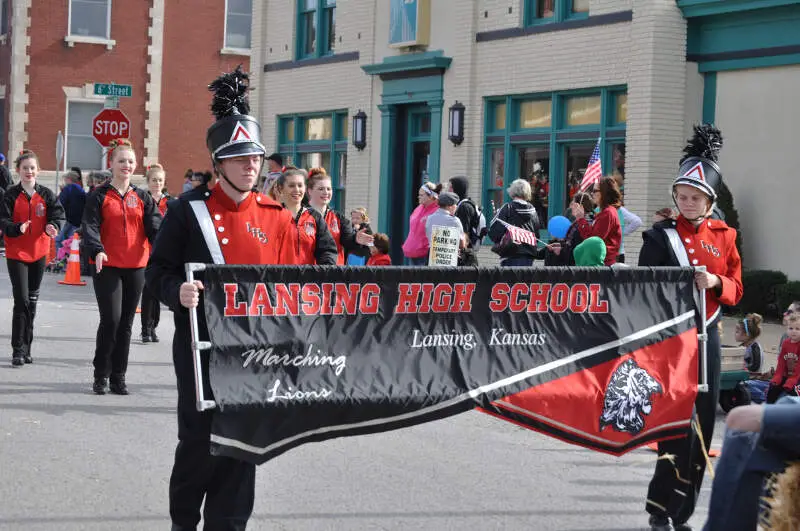
/10
Population: 11,229
% African American: 12.15%
# Of African American Residents: 1,364
Percent Change Since 2010: 23.89%
More on Lansing: Data
4. Leavenworth
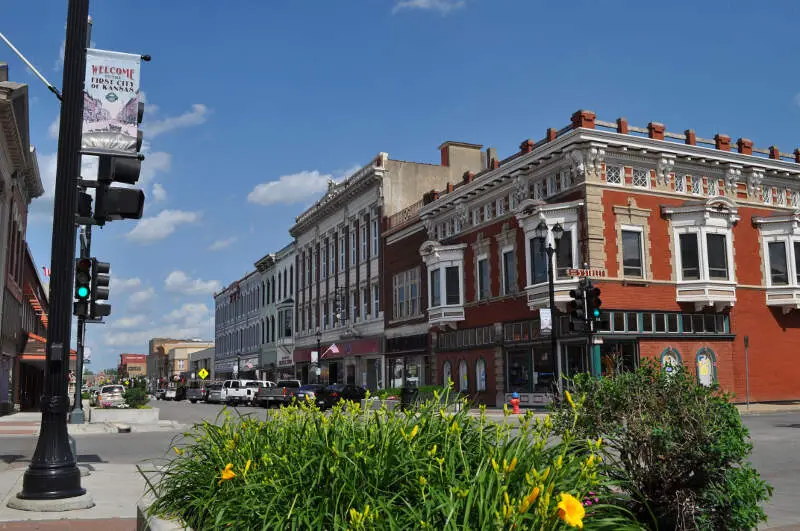
/10
Population: 37,176
% African American: 11.25%
# Of African American Residents: 4,184
Percent Change Since 2010: -20.41%
More on Leavenworth: Data
5. Coffeyville
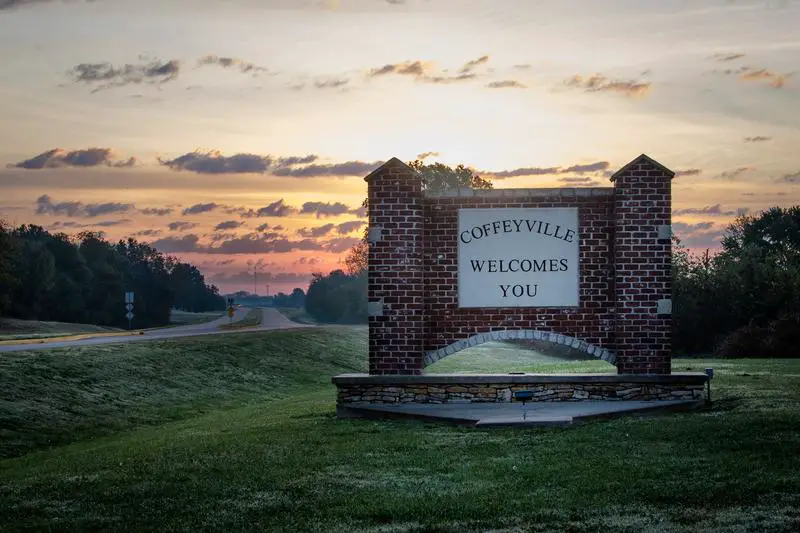
/10
Population: 8,752
% African American: 10.79%
# Of African American Residents: 944
Percent Change Since 2010: -25.61%
More on Coffeyville: Data
6. Wichita
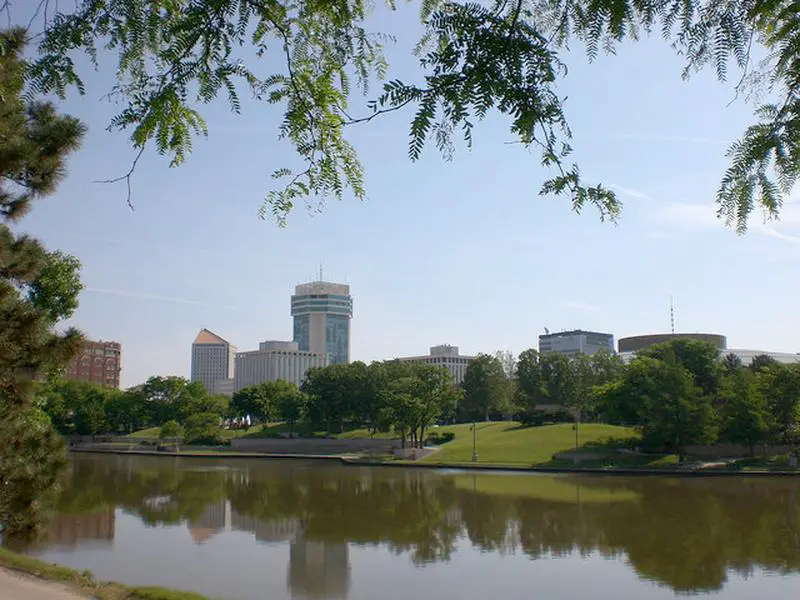
/10
Population: 396,488
% African American: 9.56%
# Of African American Residents: 37,905
Percent Change Since 2010: -6.85%
More on Wichita: Data
7. Topeka
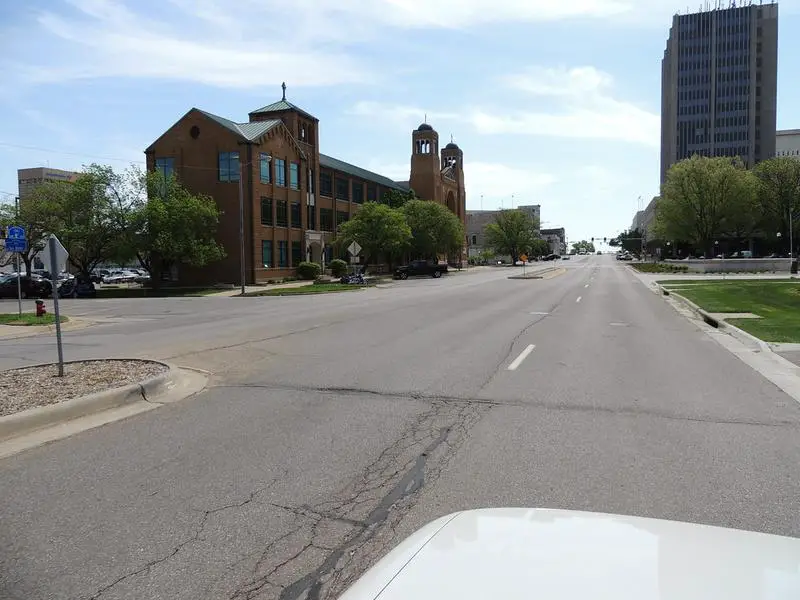
/10
Population: 126,103
% African American: 9.27%
# Of African American Residents: 11,693
Percent Change Since 2010: -17.43%
More on Topeka: Data
8. Bel Aire
/10
Population: 8,654
% African American: 9.12%
# Of African American Residents: 789
Percent Change Since 2010: 21.95%
More on Bel Aire: Data
9. Gardner
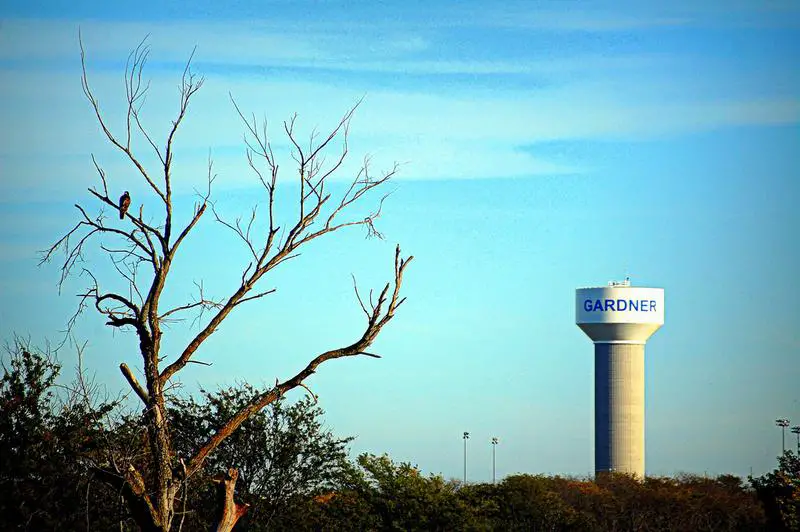
/10
Population: 24,020
% African American: 7.08%
# Of African American Residents: 1,700
Percent Change Since 2010: 1550.49%
More on Gardner: Data
10. Lenexa
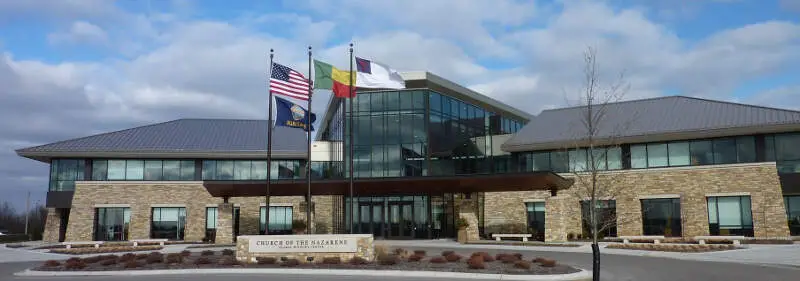
/10
Population: 57,986
% African American: 6.64%
# Of African American Residents: 3,850
Percent Change Since 2010: 55.62%
More on Lenexa: Data
Methodology: How We Determined The Cities In Kansas With The Largest Black Population For 2025
We still believe in the accuracy of data — especially from the Census. So that’s where we went to get the race breakdown across Kansas.
That leads us to the Census’s most recently available data, the 2019-2023 American Community Survey data from the US Census.
Specifically, we looked at table B03002: Hispanic OR LATINO ORIGIN BY RACE. Here are the category names as defined by the Census:
- Hispanic or Latino
- White alone*
- Black or African American alone*
- American Indian and Alaska Native alone*
- Asian alone*
- Native Hawaiian and Other Pacific Islander alone*
- Some other race alone*
- Two or more races*
Our particular column of interest was the number of people who identified as Black or African American.
We limited our analysis to non-CDPs with a population greater than 5,000 people in Kansas. That left us with 58 cities.
We then calculated the percentage of residents that are Black or African American. The percentages ranked from 20.1% to 0.1%.
Finally, we ranked each city based on the percentage of the Black population, with a higher score being more Black than a lower score. Junction City took the distinction of being the most Black, while Augusta was the least African American city.
We updated this article for 2025. This is our tenth time ranking the cities in Kansas with the largest African American population.
Read on for more information on how the cities in Kansas ranked by population of African American residents or, for a more general take on diversity in America, head over to our ranking of the most diverse cities in America.
Summary: Black Populations Across Kansas
If you’re looking for a breakdown of African American populations across Kansas according to the most recent data, this is an accurate list.
The blackest cities in Kansas are Junction City, Kansas City, Lansing, Leavenworth, Coffeyville, Wichita, Topeka, Bel Aire, Gardner, and Lenexa.
If you’re curious enough, here are the least African American places in Kansas:
- Augusta
- Ulysses
- Mulvane
For more Kansas reading, check out:
African American Population By City In Kansas
| Rank | City | Population | African American Population | % African American |
|---|---|---|---|---|
| 1 | Junction City | 22,431 | 4,499 | 20.06% |
| 2 | Kansas City | 154,776 | 30,913 | 19.97% |
| 3 | Lansing | 11,229 | 1,364 | 12.15% |
| 4 | Leavenworth | 37,176 | 4,184 | 11.25% |
| 5 | Coffeyville | 8,752 | 944 | 10.79% |
| 6 | Wichita | 396,488 | 37,905 | 9.56% |
| 7 | Topeka | 126,103 | 11,693 | 9.27% |
| 8 | Bel Aire | 8,654 | 789 | 9.12% |
| 9 | Gardner | 24,020 | 1,700 | 7.08% |
| 10 | Lenexa | 57,986 | 3,850 | 6.64% |
| 11 | Merriam | 11,036 | 723 | 6.55% |
| 12 | Atchison | 10,795 | 657 | 6.09% |
| 13 | Parsons | 9,482 | 574 | 6.05% |
| 14 | Shawnee | 68,175 | 4,059 | 5.95% |
| 15 | Park City | 7,726 | 445 | 5.76% |
| 16 | Garden City | 27,781 | 1,563 | 5.63% |
| 17 | Overland Park | 197,199 | 10,416 | 5.28% |
| 18 | Olathe | 143,720 | 6,801 | 4.73% |
| 19 | Lawrence | 95,459 | 4,279 | 4.48% |
| 20 | Manhattan | 53,951 | 2,340 | 4.34% |
| 21 | Bonner Springs | 7,735 | 324 | 4.19% |
| 22 | Iola | 5,368 | 217 | 4.04% |
| 23 | Salina | 46,432 | 1,806 | 3.89% |
| 24 | Arkansas City | 11,909 | 459 | 3.85% |
| 25 | Mission | 9,928 | 352 | 3.55% |
| 26 | Hutchinson | 39,837 | 1,279 | 3.21% |
| 27 | Liberal | 19,107 | 545 | 2.85% |
| 28 | Fort Scott | 7,551 | 213 | 2.82% |
| 29 | Dodge City | 27,652 | 767 | 2.77% |
| 30 | Pittsburg | 20,606 | 571 | 2.77% |
| 31 | Pratt | 6,559 | 165 | 2.52% |
| 32 | Winfield | 11,731 | 292 | 2.49% |
| 33 | Andover | 15,508 | 377 | 2.43% |
| 34 | Independence | 8,469 | 200 | 2.36% |
| 35 | Mcpherson | 13,956 | 310 | 2.22% |
| 36 | Emporia | 24,098 | 495 | 2.05% |
| 37 | Derby | 25,801 | 471 | 1.83% |
| 38 | Paola | 5,757 | 104 | 1.81% |
| 39 | De Soto | 6,333 | 114 | 1.8% |
| 40 | Wellington | 7,643 | 136 | 1.78% |
| 41 | Haysville | 11,117 | 143 | 1.29% |
| 42 | Chanute | 8,629 | 110 | 1.27% |
| 43 | Roeland Park | 6,800 | 85 | 1.25% |
| 44 | Newton | 18,443 | 219 | 1.19% |
| 45 | Hays | 21,078 | 250 | 1.19% |
| 46 | Ottawa | 12,632 | 147 | 1.16% |
| 47 | Leawood | 33,844 | 391 | 1.16% |
| 48 | Concordia | 5,067 | 54 | 1.07% |
| 49 | El Dorado | 12,882 | 137 | 1.06% |
| 50 | Prairie Village | 22,937 | 209 | 0.91% |
| 51 | Great Bend | 14,596 | 106 | 0.73% |
| 52 | Abilene | 6,449 | 45 | 0.7% |
| 53 | Eudora | 6,036 | 32 | 0.53% |
| 54 | Valley Center | 8,937 | 44 | 0.49% |
| 55 | Colby | 5,389 | 25 | 0.46% |
| 56 | Mulvane | 5,829 | 22 | 0.38% |
| 57 | Ulysses | 5,812 | 13 | 0.22% |
| 58 | Augusta | 9,252 | 13 | 0.14% |

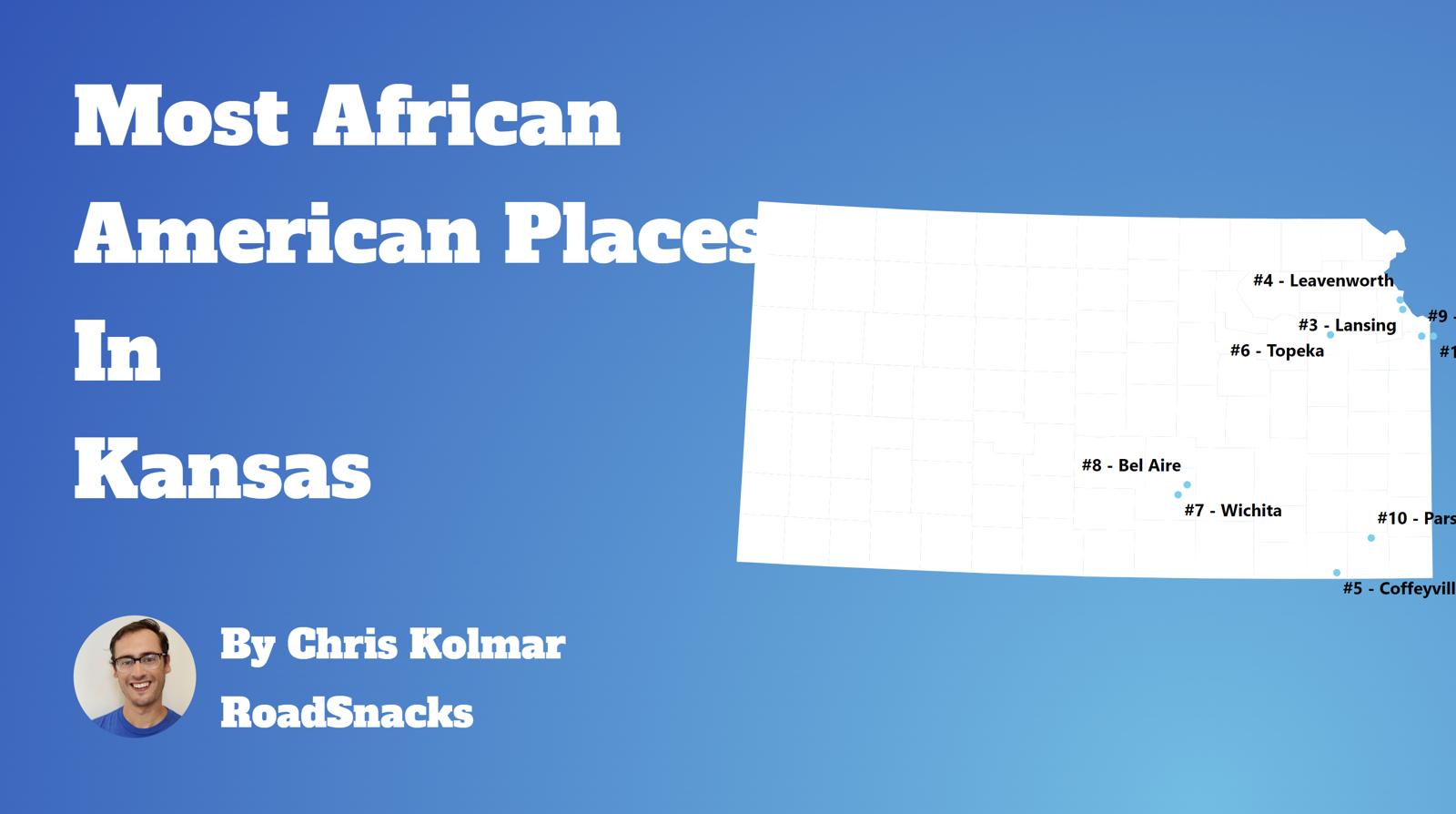
Why is an increase in diversity good for this country?